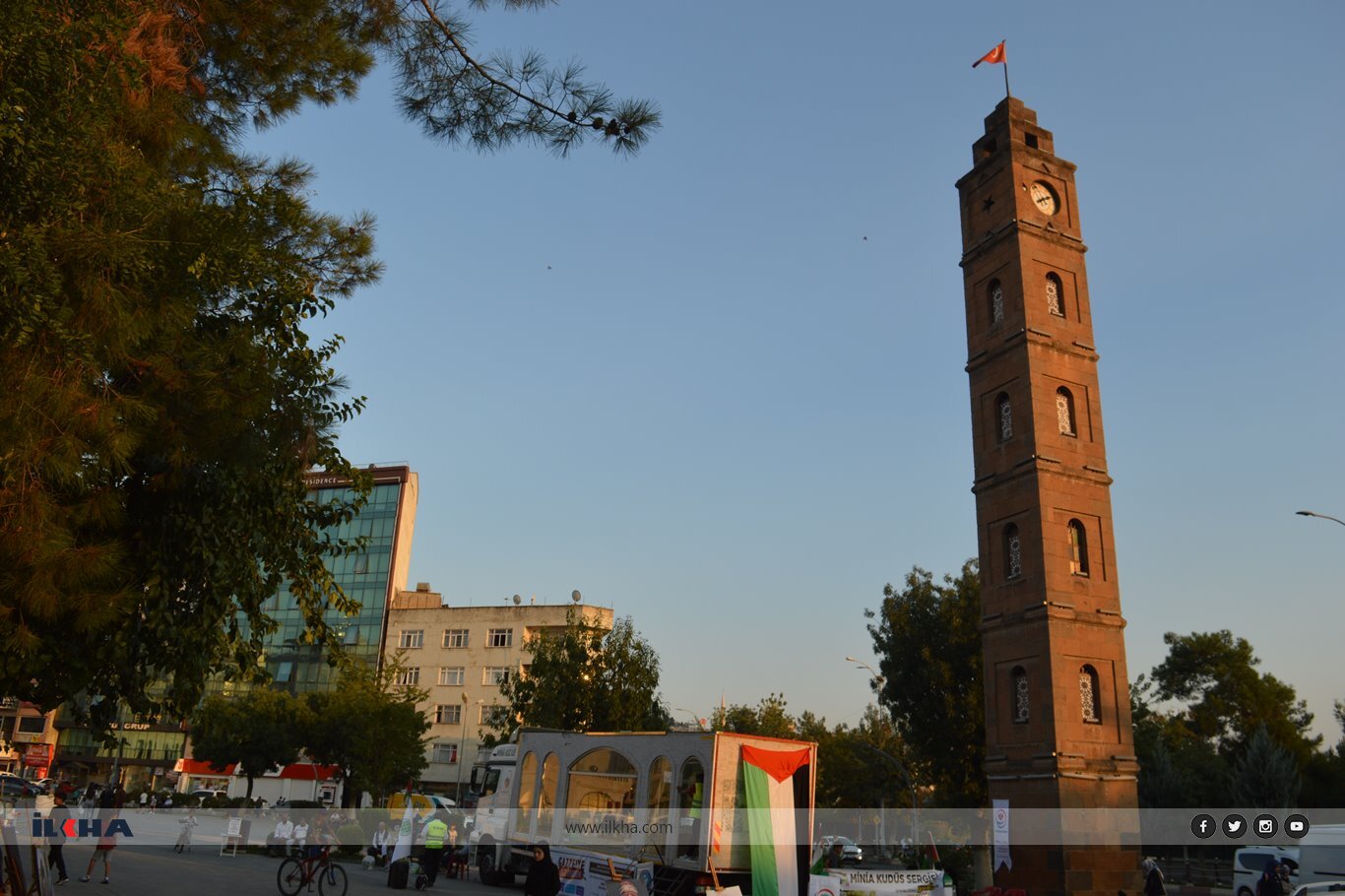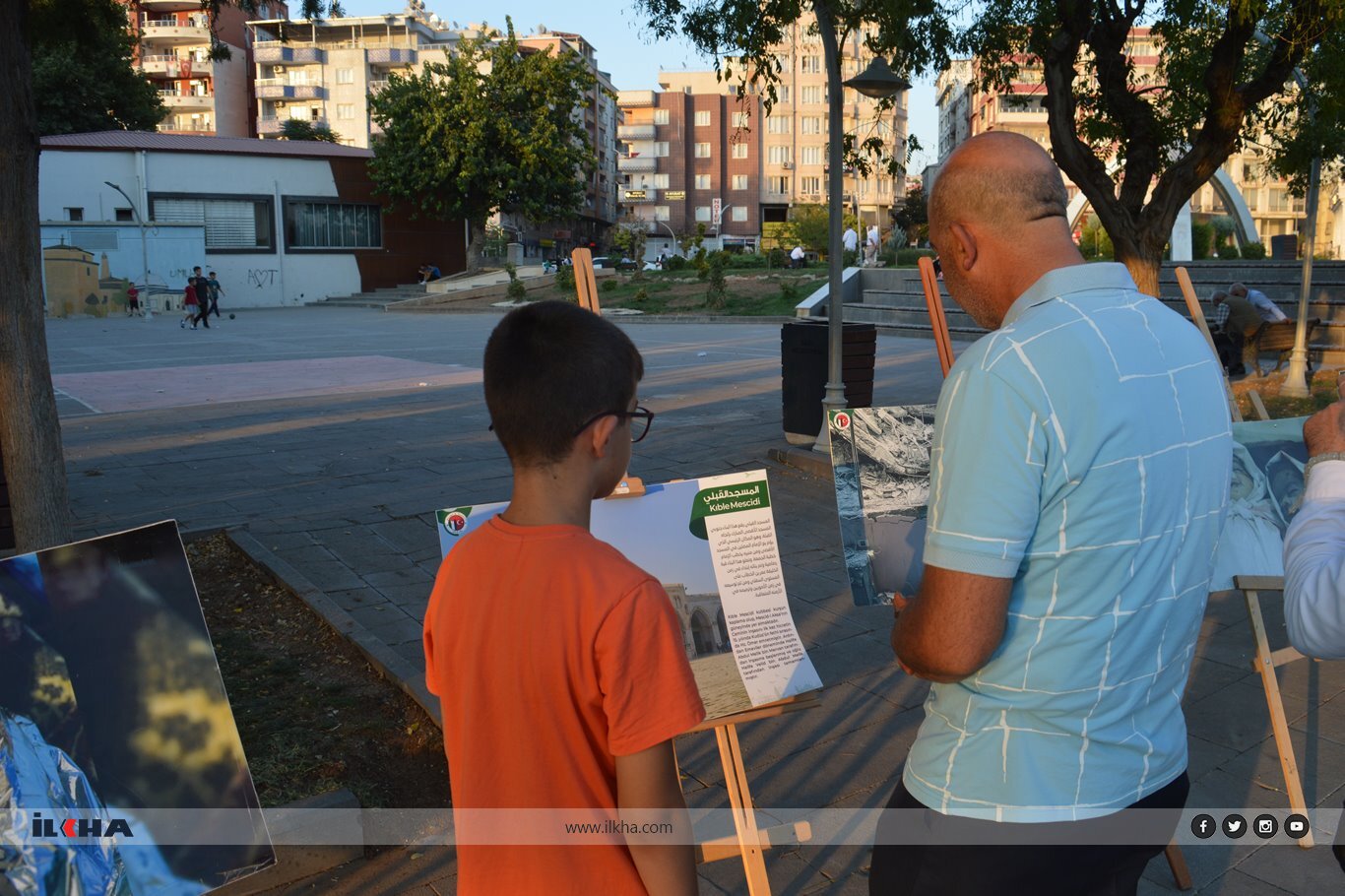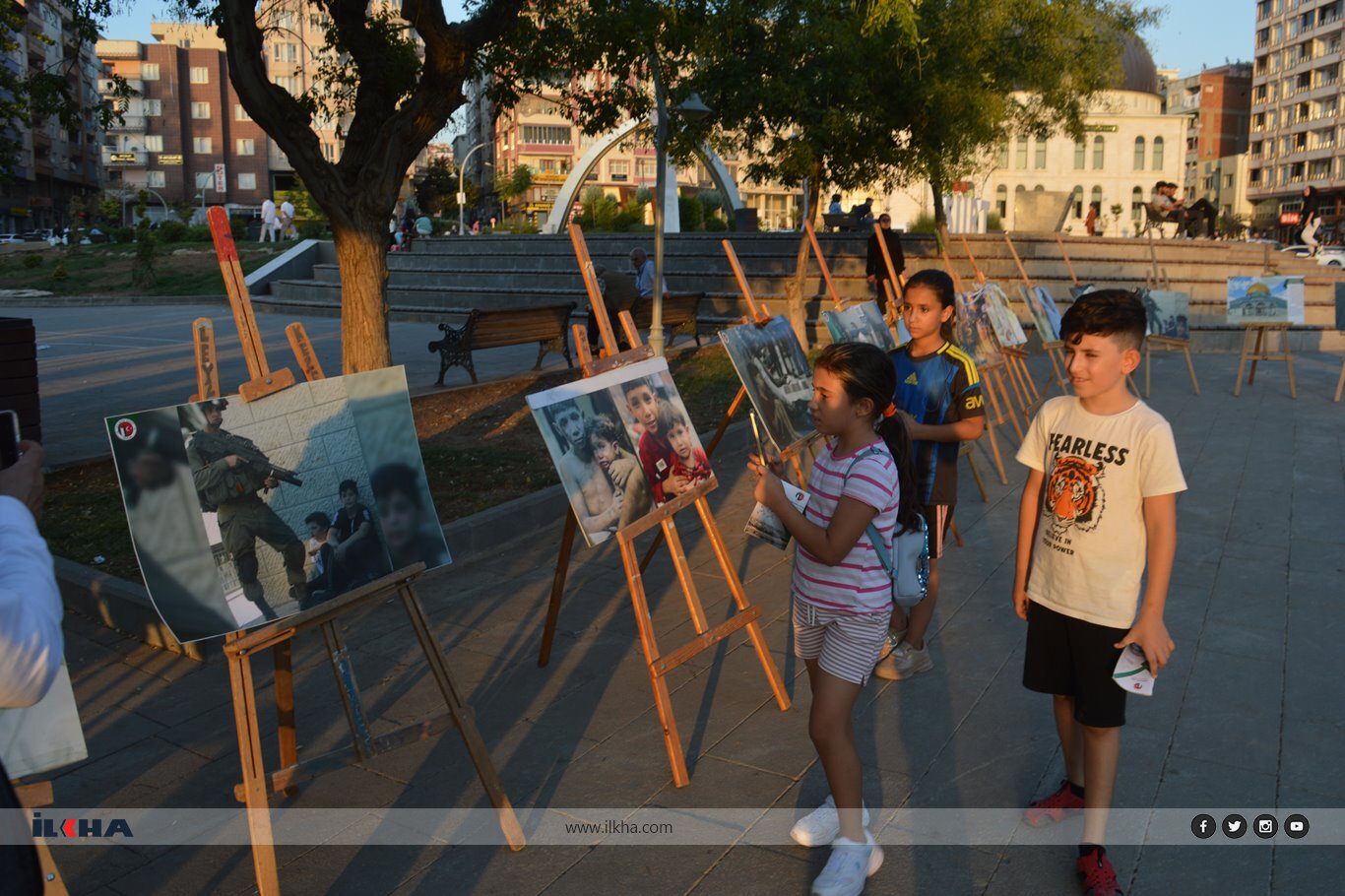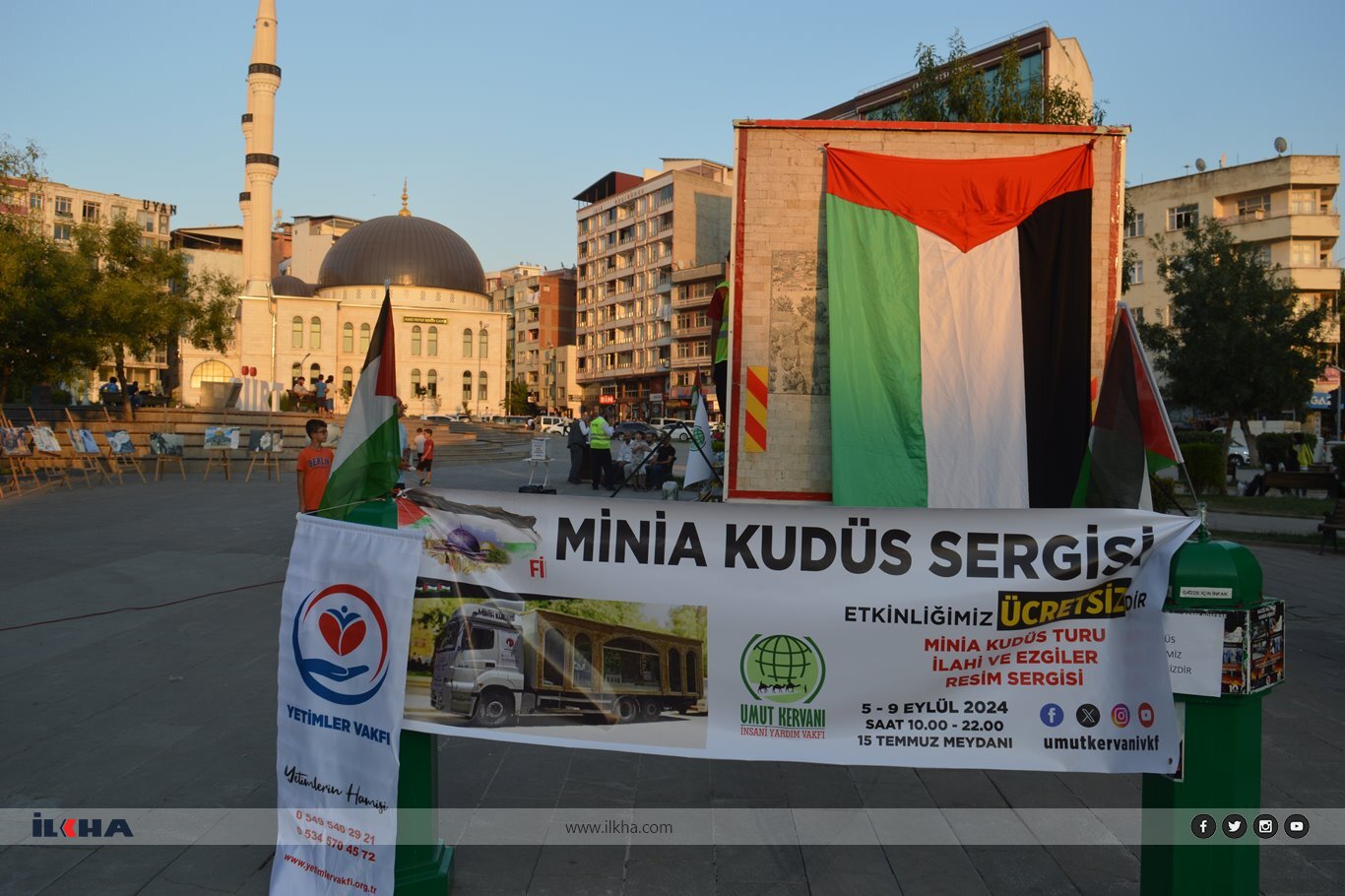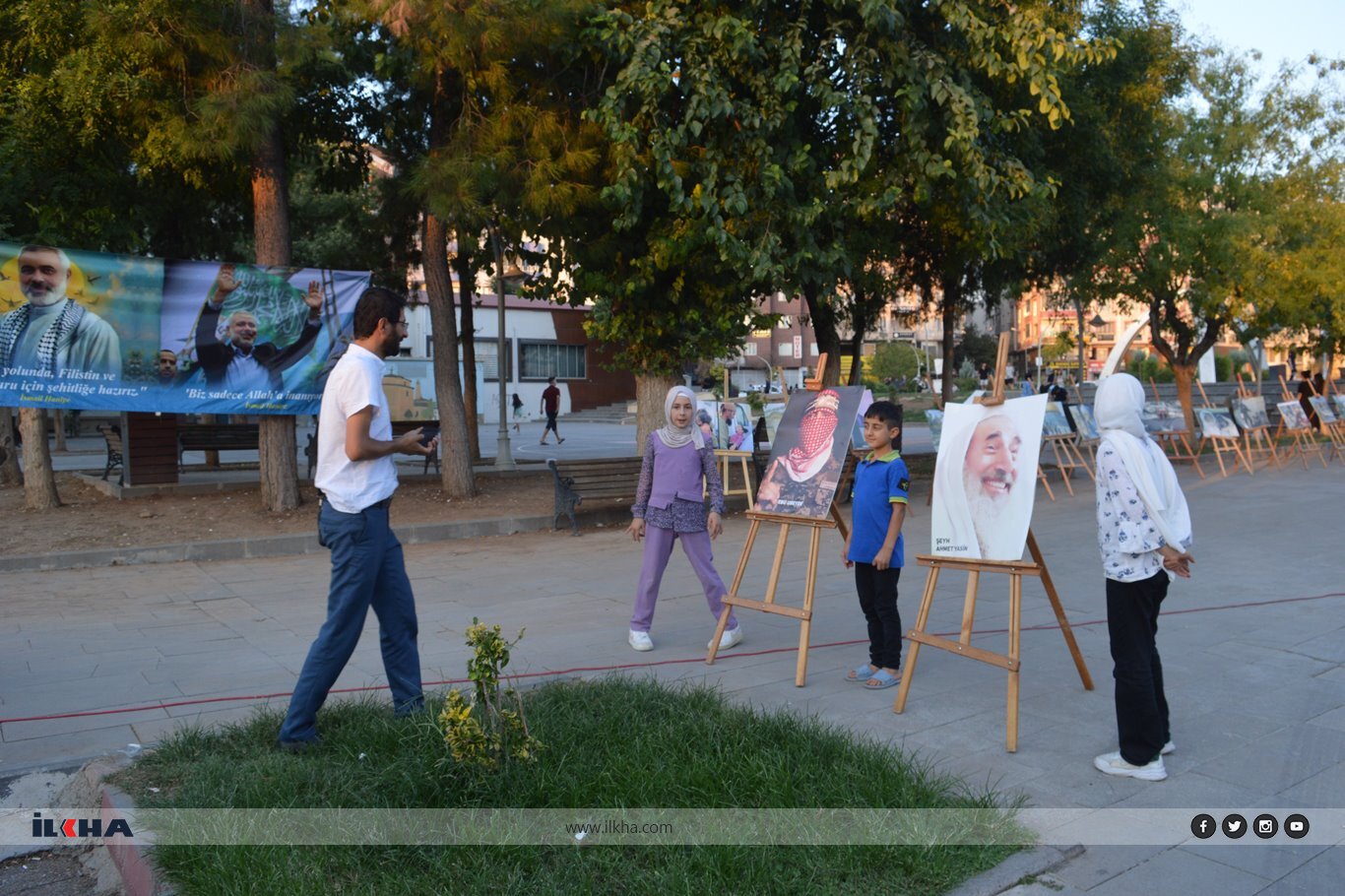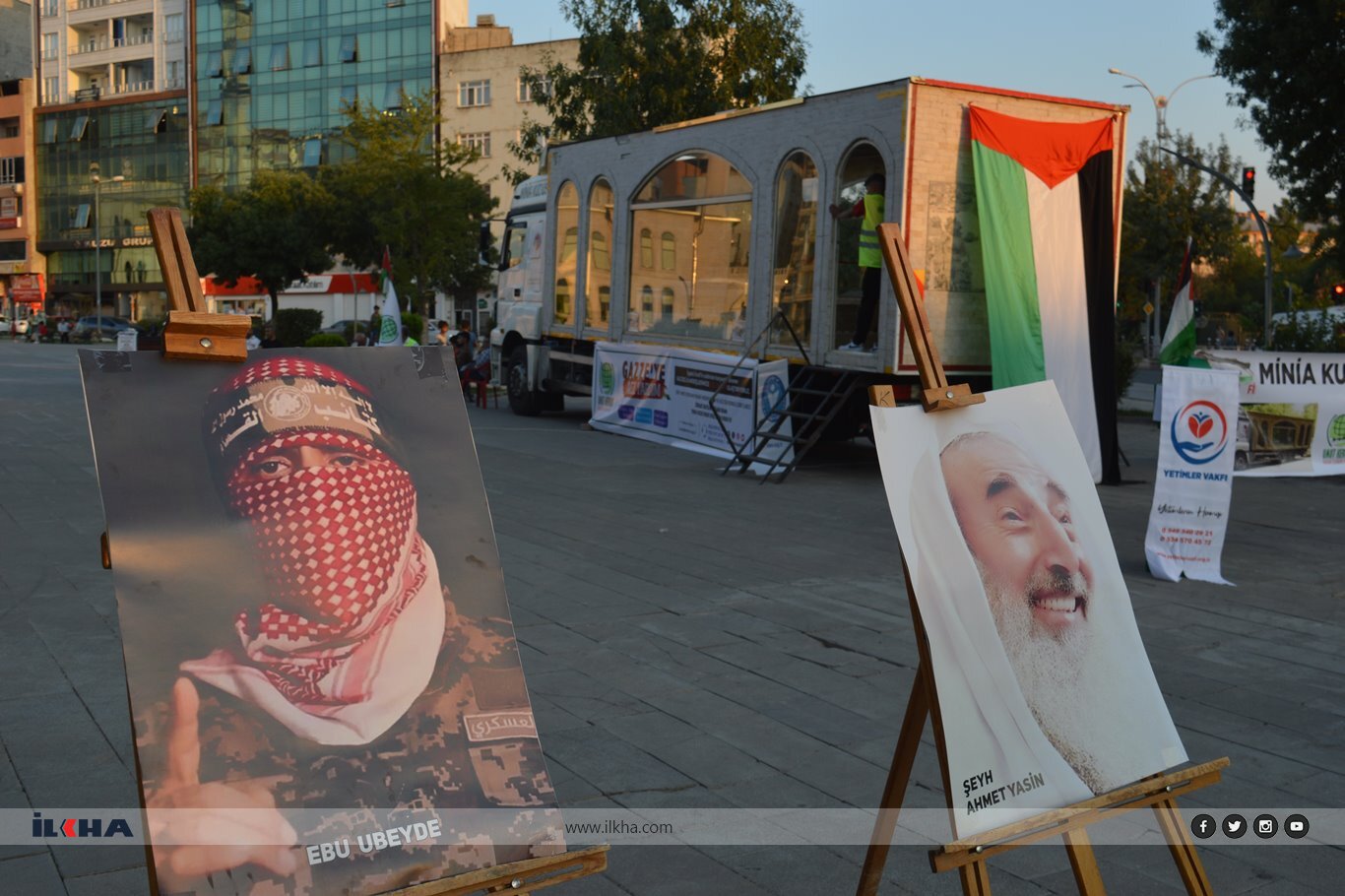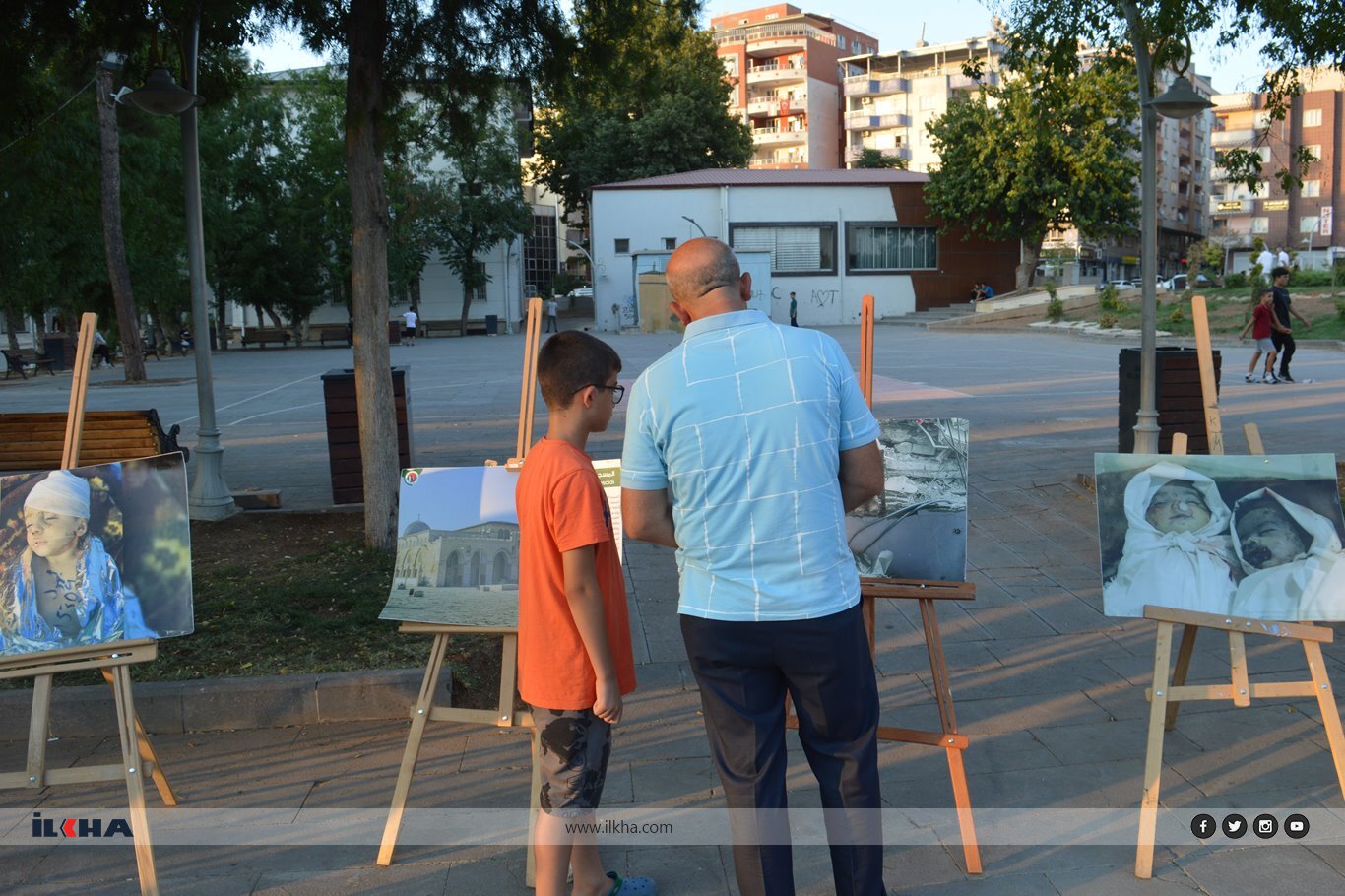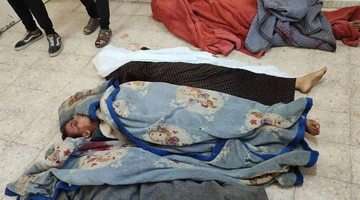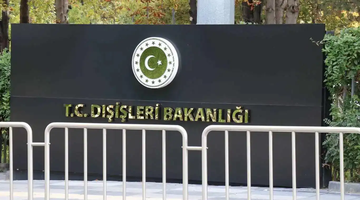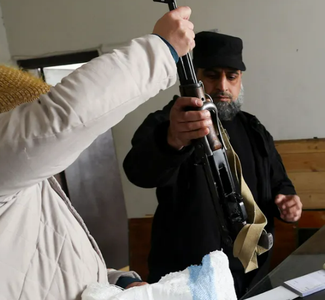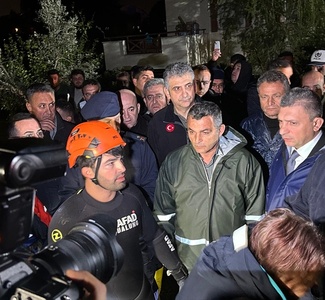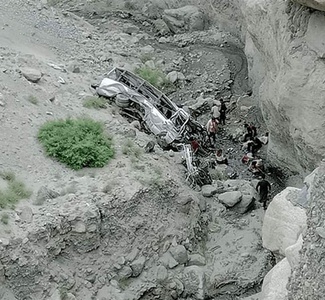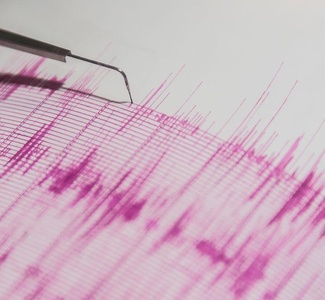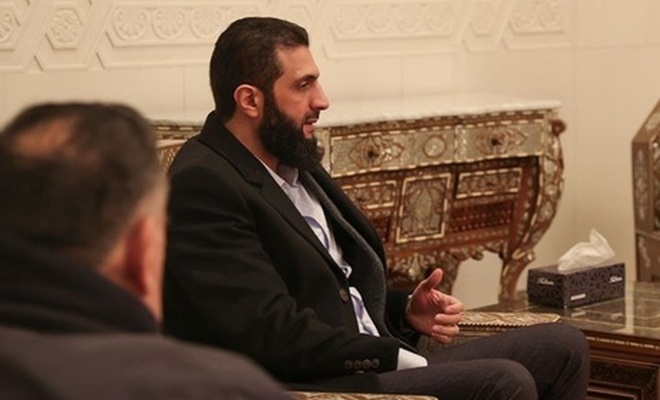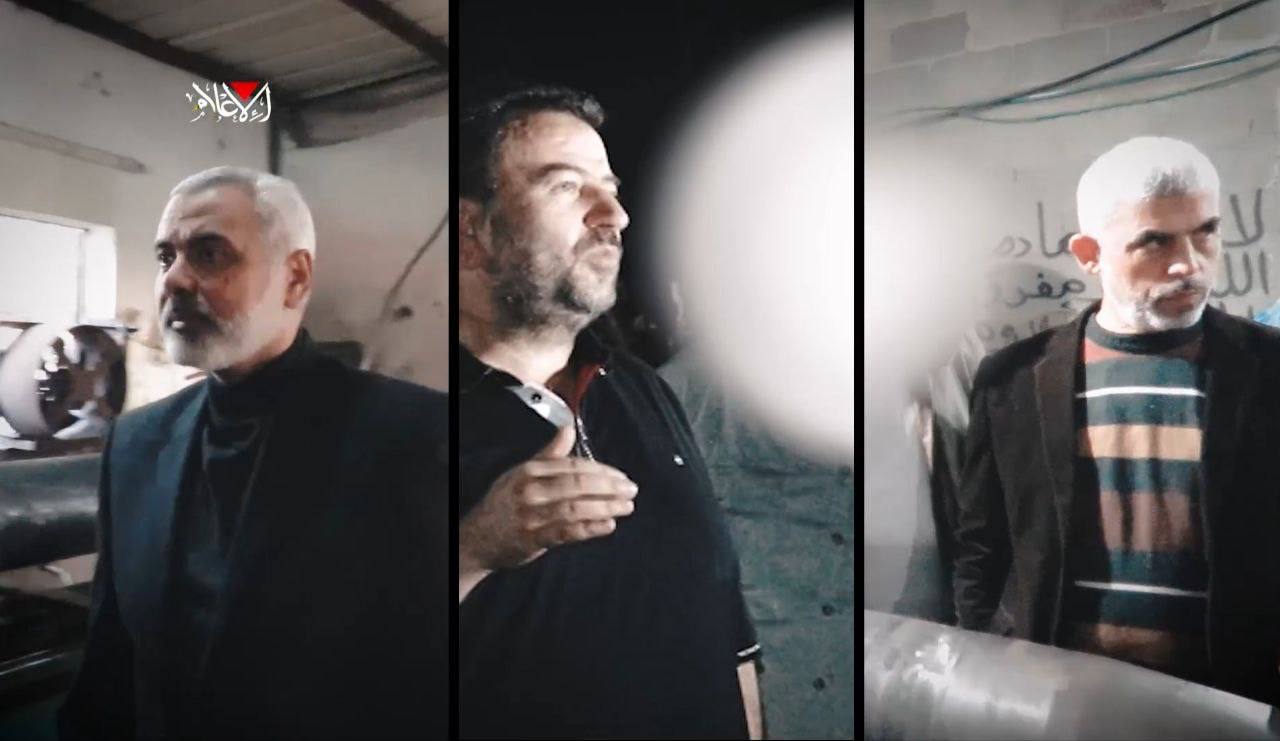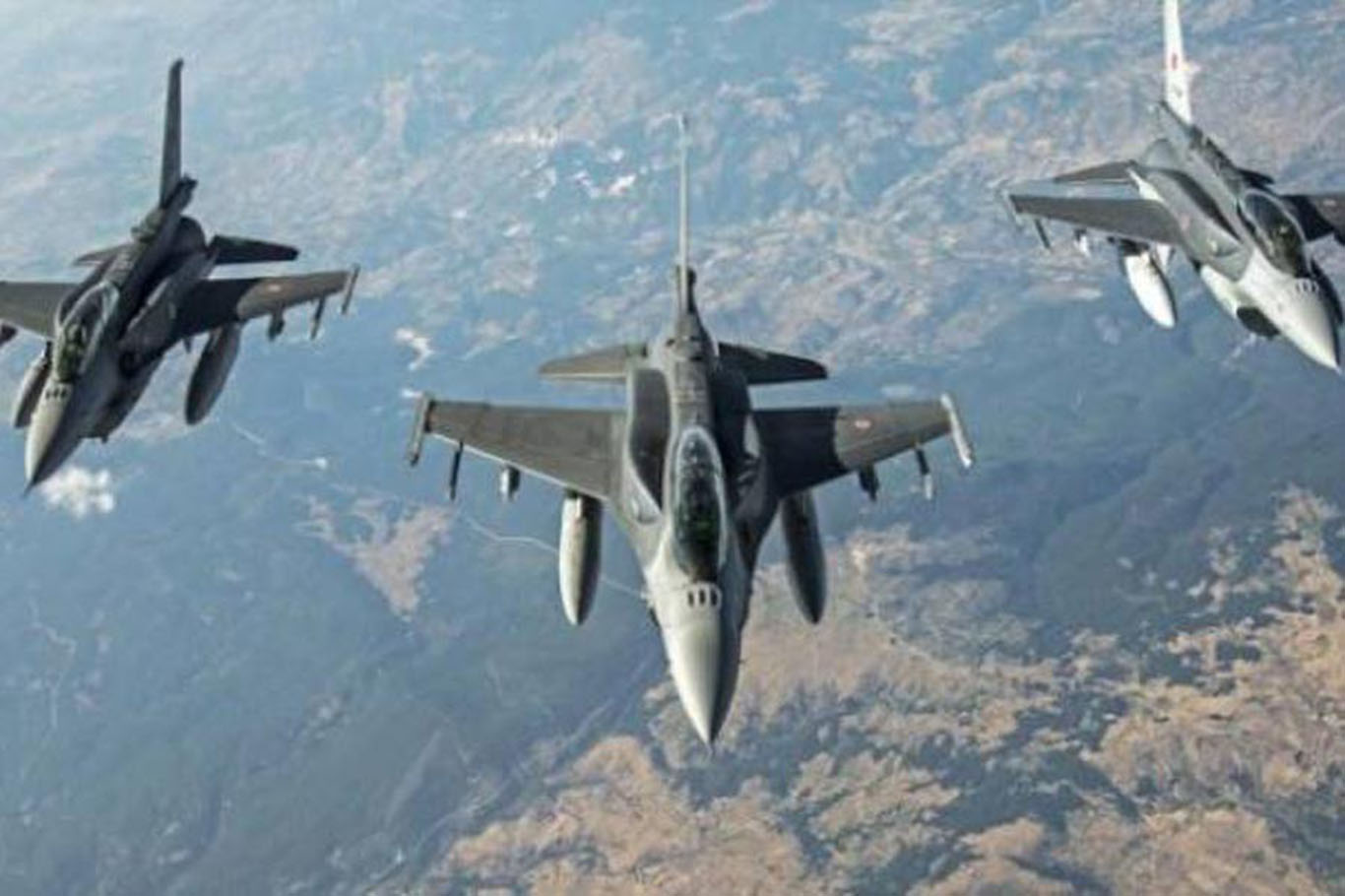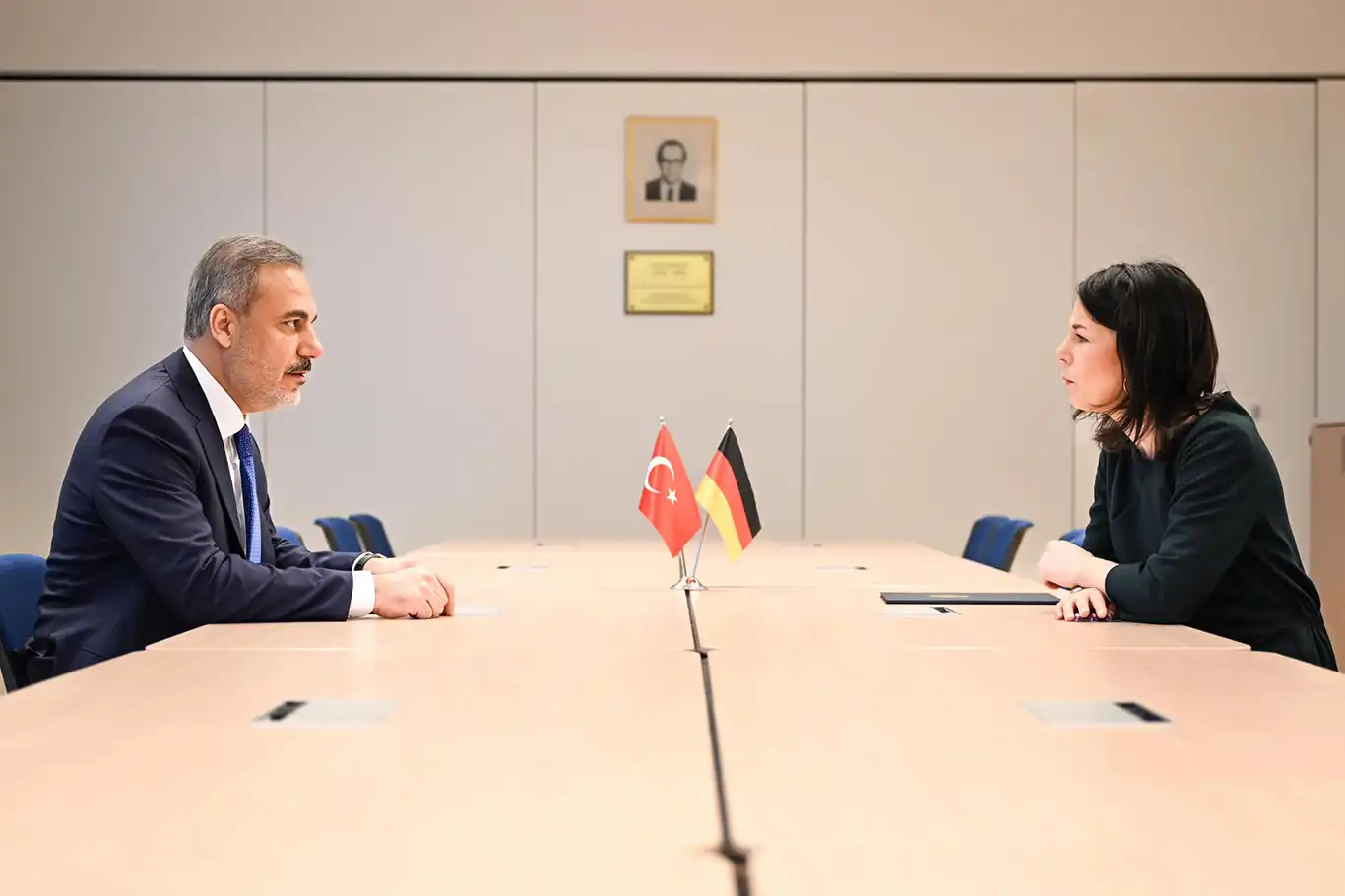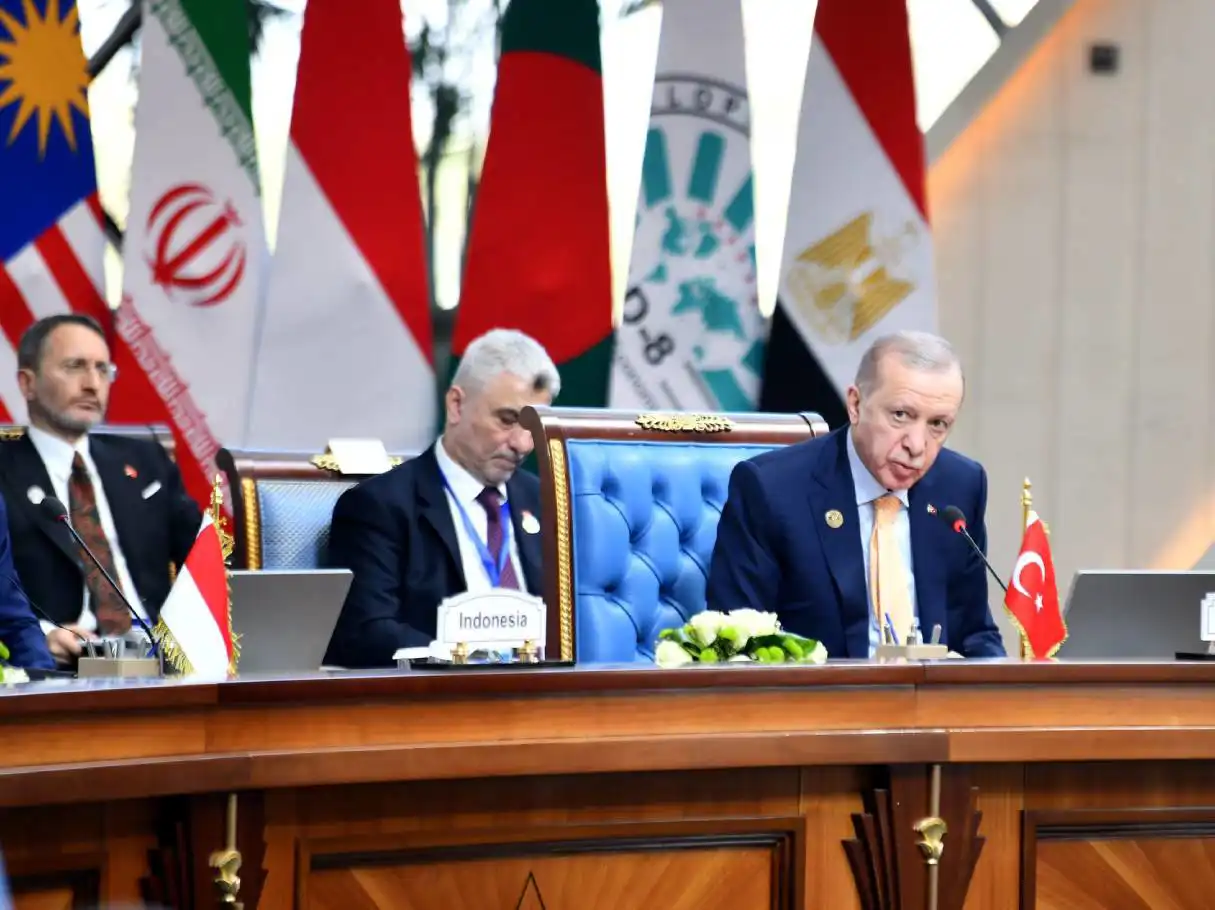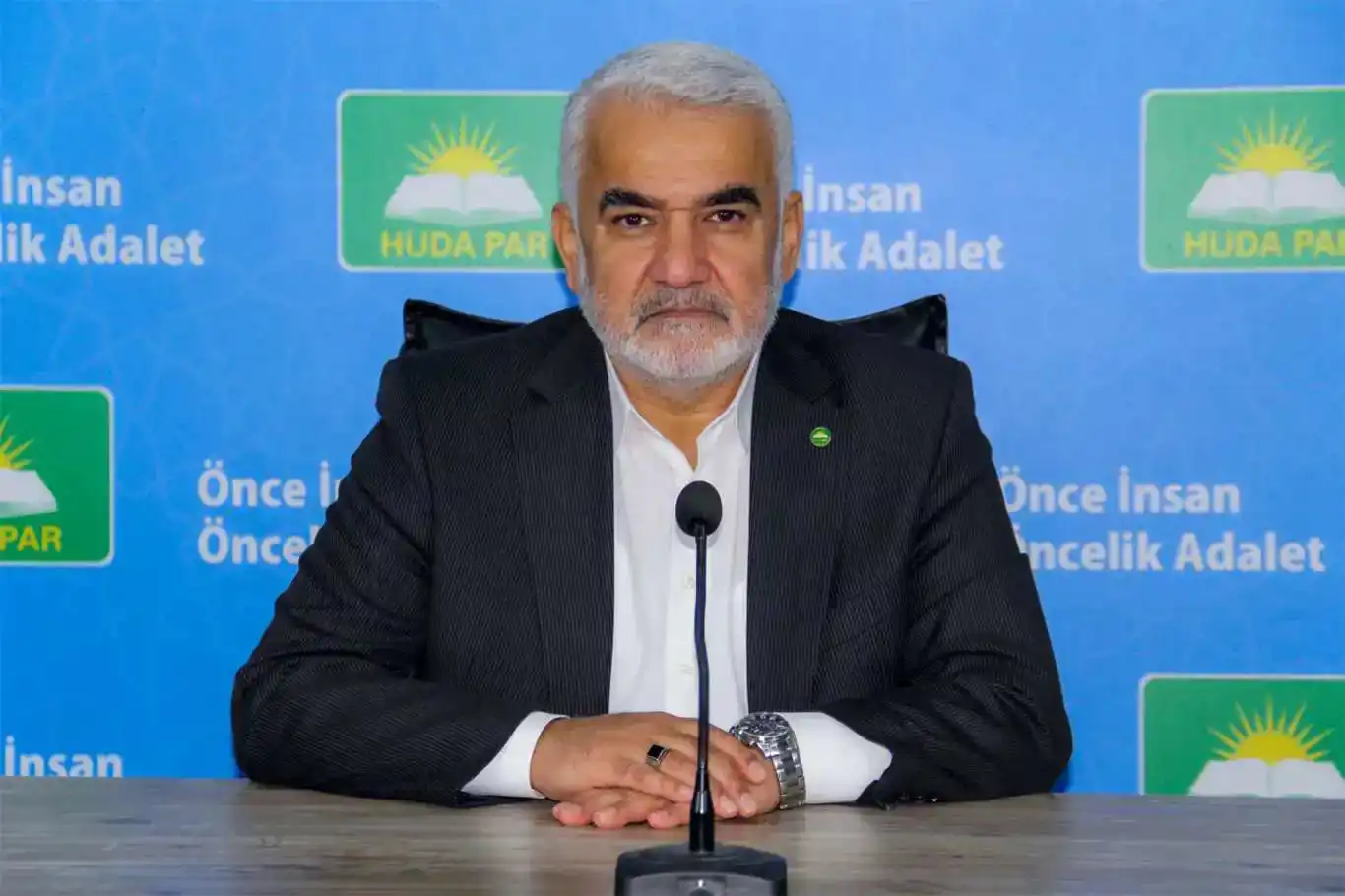Minia Kudüs exhibit in Siirt highlights Palestinian struggle and global silence
A unique exhibit, titled "Minia Kudüs," has been organized in Siirt to raise awareness about the ongoing crisis in Gaza and the struggle for Jerusalem.
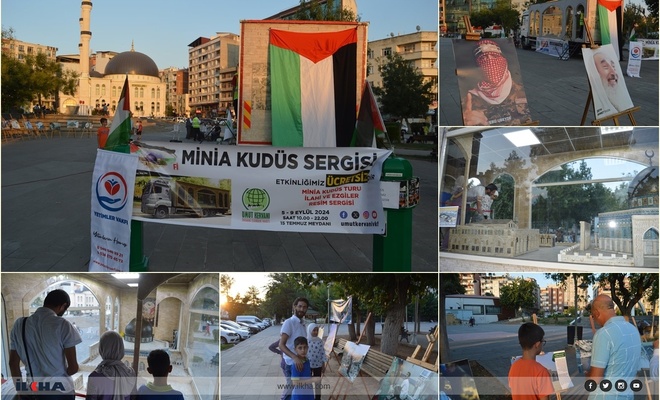
 Google News'te Doğruhaber'e abone olun.
Google News'te Doğruhaber'e abone olun. Organized by Hope Caravan, a humanitarian organization, the "Minia Kudüs" exhibit features scaled-down models of the Al-Aqsa Mosque and the Dome of the Rock, presented on a truck touring Türkiye to educate the public about the ongoing occupation and suffering in Palestine.
The exhibit has attracted widespread attention at 15 July Square, where visitors reflect on the 336-day-long Israeli onslaught in Gaza and the continued violence that has devastated Palestinian lives. In the face of this brutal aggression, which has led to countless civilian deaths, including children and the elderly, Hope Caravan's initiative aims to break the silence that has enveloped much of the international community and Islamic nations.
One of the most jarring aspects of the ongoing conflict in Gaza is the near silence from much of the world. Despite the daily reports of death, destruction, and deprivation, few governments or organizations have made significant moves to intervene or hold Israel accountable for its war crimes. The exhibit aims to highlight this indifference, stating that it is a "wound on the conscience of humanity" for both Islamic nations and the international community to remain passive in the face of such atrocities.
The Gaza conflict is not merely a Palestinian issue; it is a global humanitarian crisis. The blockade and attacks on Gaza have created a situation where basic needs like food, water, and medical supplies are in desperate shortage. The international community’s failure to respond to these emergencies reflects a troubling lack of political will.
The models of the Al-Aqsa Mosque and the Dome of the Rock, constructed with soil smuggled from Jerusalem by young Palestinians, serve as a powerful reminder of the deep connection between the Palestinian people and their land. These models not only symbolize the sanctity of the sites themselves but also stand as a representation of the resilience and resistance of the Palestinian people, who have endured decades of occupation, displacement, and violence.
Ramazan Tokdemir, President of Hope Caravan, explained that the project was the result of seven months of meticulous work in Hatay. A team of 100 young Palestinians made repeated trips to Jerusalem, secretly carrying soil from the holy city to Turkey. This soil was used in constructing the Al-Aqsa model, adding a layer of emotional and symbolic weight to the exhibit.
Tokdemir emphasized that the aim of the "Minia Kudüs" project is to ensure that the world does not forget the cause of Jerusalem. The models serve as visual and tangible reminders of the occupation, the massacres, and the genocide that continues to unfold at Al-Aqsa. The "Minia Kudüs" exhibit is more than an art installation; it is a call to action, a demand for justice, and a testament to the enduring spirit of the Palestinian people.
For many visitors, the exhibit offers more than just a history lesson or a political statement. It is a moment of reflection on the current state of the Muslim world and the global response to the suffering in Gaza. One visitor, Hayrullah Güneş, attended the exhibit with his children and noted how it served as an important teaching moment for them. "For months, we have witnessed the massacres committed by the occupation regime against Muslims. If we had truly understood Islam, Muslims in Palestine wouldn't be in this condition today," he reflected, emphasizing that the Muslim world’s weakened spiritual and political unity has left Palestinians vulnerable.
His words underscore a broader theme that runs through the exhibit: the responsibility of the global Muslim community. Many feel that the lack of collective action and unified resistance against the occupation has allowed the Israeli regime to continue its campaign of violence unchecked.
For others, like Muhammed Kaya, the exhibit is an emotional plea for the world to intervene. "I appeal to the world: Stop the oppression in Gaza, save our brothers and sisters!" he urged after seeing pictures of the women and children who have been killed in the conflict. His plea is echoed by many others who visited the exhibit and expressed their frustration at the global inaction.
Fatma Zehra Kaya, another visitor, highlighted the importance of taking a stand through boycotts and active support for the Palestinian cause. She criticized the complacency of many Muslims who, despite witnessing the death and destruction in Gaza, have failed to take meaningful action. Kaya reminded everyone that, in the face of injustice, the only moral position is to stand with the oppressed, not the oppressor.
The "Minia Kudüs" exhibit is a profound initiative that seeks to not only raise awareness but also reignite a global sense of responsibility and solidarity with the Palestinian people. The exhibit stands as a powerful testament to the enduring struggle for justice in Gaza and Jerusalem, reminding the world of the ongoing violence that has been met with silence for far too long.
The models of the Al-Aqsa Mosque and the Dome of the Rock, carried from Istanbul to Siirt, serve as symbols of resistance and resilience. As visitors walk through the exhibit and reflect on the suffering of Palestinians, the message is clear: the world must act. The international community, particularly Islamic nations, can no longer afford to stand idly by. It is time to take a stand for justice, for Gaza, and for humanity. (ILKHA)
